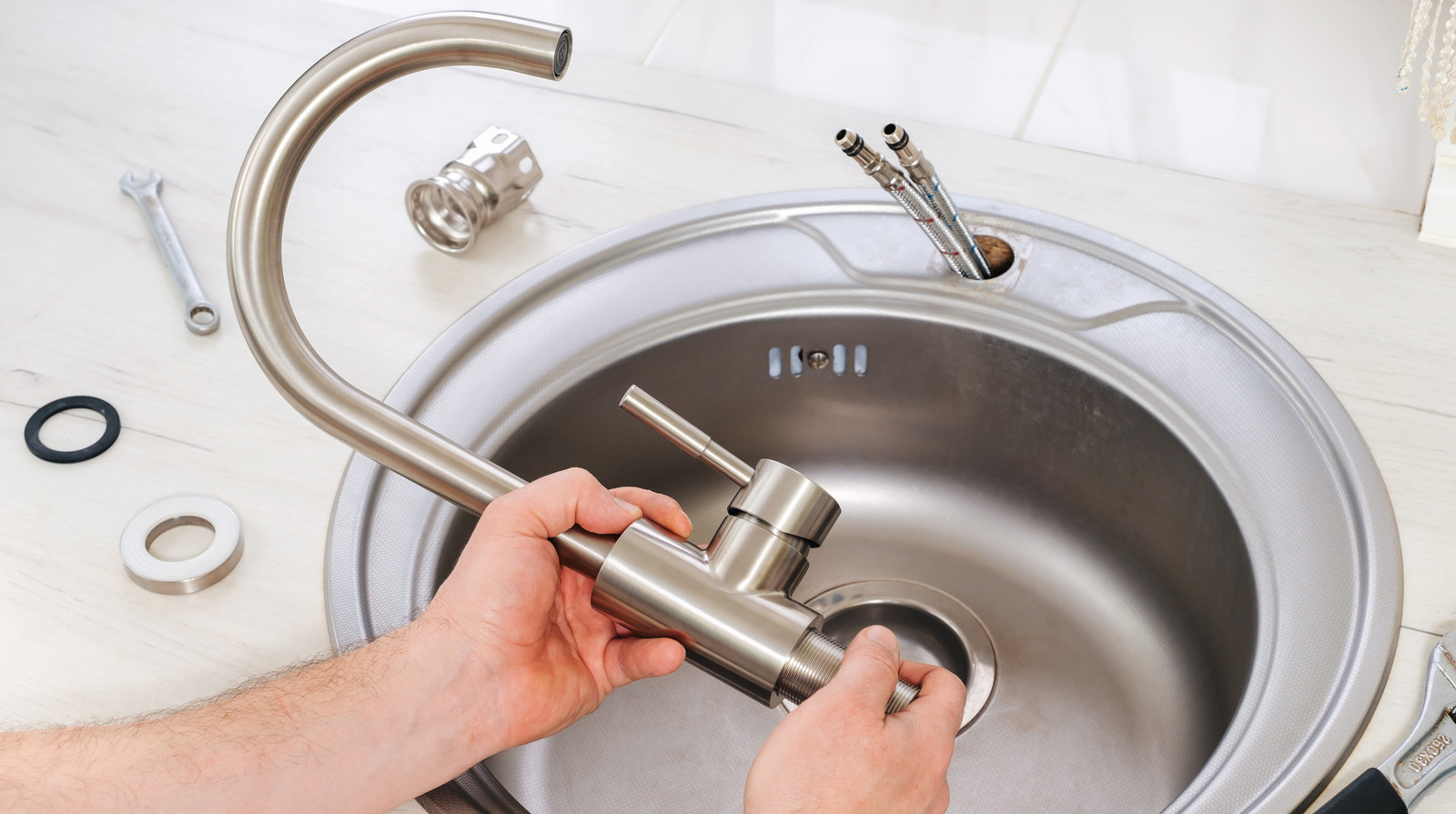

Articles
How Much To Replace A Kitchen Faucet
Modified: January 8, 2024
Looking for articles on how much it costs to replace a kitchen faucet? Discover expert tips, insights, and cost estimates in our comprehensive guide.
(Many of the links in this article redirect to a specific reviewed product. Your purchase of these products through affiliate links helps to generate commission for Storables.com, at no extra cost. Learn more)
Introduction
A kitchen faucet is an essential fixture in any kitchen, providing a steady supply of water for various cooking and cleaning tasks. Over time, faucets can wear out, leak, or become outdated in terms of style and functionality. When this happens, replacing a kitchen faucet becomes necessary.
However, before you embark on this project, it’s important to understand the factors that can affect the cost of replacing a kitchen faucet and the different types of faucets available on the market. By doing so, you’ll be better equipped to make an informed decision and ensure that the replacement process goes smoothly.
In this article, we’ll explore the factors that can impact the cost of replacing a kitchen faucet, discuss the different types of faucets available, and provide an overview of the average cost of kitchen faucet replacement. Additionally, we’ll weigh the pros and cons of DIY installation versus hiring a professional. Finally, we’ll highlight any additional costs that you should consider when budgeting for a faucet replacement. So, let’s dive in!
Key Takeaways:
- Factors such as faucet type, brand, installation complexity, finish, and location can impact the cost of replacing a kitchen faucet. Consider these factors to budget accurately and make an informed decision.
- When replacing a kitchen faucet, weigh the pros and cons of DIY installation versus hiring a professional. Factor in additional costs such as plumbing supplies, shut-off valve replacement, and unexpected repairs to avoid budget surprises.
Read more: How Much To Replace Bathroom Faucet
Factors Affecting the Cost
Several factors can influence the cost of replacing a kitchen faucet. It’s important to consider these factors to get an accurate estimate of the overall cost. Here are the key factors to keep in mind:
- Type of Faucet: The type of faucet you choose will greatly impact the cost. Basic models with standard features are usually more affordable, while high-end faucets with advanced features and materials can be more expensive.
- Brand and Quality: Different brands offer faucets at different price points. Opting for a trusted and reputable brand can increase the cost but may provide better quality and durability in the long run.
- Installation Complexity: The complexity of the installation process can affect the cost. If the existing plumbing needs modifications or if there are any additional challenges during the installation, it may require more time and effort, increasing the overall cost.
- Finish and Style: Faucets come in a variety of finishes and styles, such as chrome, stainless steel, brushed nickel, or oil-rubbed bronze. Some finishes and styles may be more expensive than others, so consider your preferences and budget when making a selection.
- Add-On Features: Faucets can include various add-on features such as pull-out sprayers, touchless activation, water filtration systems, or temperature control. These additional features can add to the cost of the faucet.
- Location: The cost of replacing a kitchen faucet can vary depending on your geographic location. Prices for labor and materials can be higher in certain areas, so it’s important to research local rates and factors that may affect the overall cost.
By carefully considering these factors, you can determine the budget required for your kitchen faucet replacement project. It’s also a good idea to obtain quotes from different suppliers and contractors to compare prices and make an informed decision.
Types of Kitchen Faucets
When it comes to choosing a new kitchen faucet, there are various types to consider. Each type offers its own set of features and benefits, catering to different preferences and needs. Let’s explore the most common types of kitchen faucets:
- Single Handle Faucets: Single handle faucets are the most common and versatile option. They feature a single lever that controls both the water flow and temperature. This type of faucet is easy to use and offers a sleek and minimalist look.
- Double Handle Faucets: Double handle faucets have separate handles for hot and cold water. They offer precise temperature control but require more space on the sink and can be slightly more complicated to install.
- Pull-Down Faucets: Pull-down faucets feature a spray wand that can be pulled down directly into the sink. This design allows for more flexibility and easier rinsing of larger pots and pans. They are great for busy kitchens and come in a variety of styles.
- Pull-Out Faucets: Similar to pull-down faucets, pull-out faucets also have a detachable spray head. However, the spray wand pulls out horizontally, making it more convenient for filling containers outside of the sink.
- Commercial-Style Faucets: Commercial-style faucets, also known as chef or restaurant-style faucets, have a professional look and functionality. They typically have a high-arc spout, pull-down spray wand, and durable construction, making them ideal for avid home cooks or those who want a modern and industrial aesthetic.
- Touchless Faucets: Touchless faucets have gained popularity in recent years. They use motion sensors to detect hand movements, allowing you to turn the faucet on and off without touching it. This touch-free operation can help minimize the spread of germs and make kitchen tasks more convenient and efficient.
Consider your specific needs, kitchen design, and personal preferences when choosing the type of kitchen faucet. It’s also important to ensure that the type and style of faucet you select are compatible with your existing plumbing setup.
Average Cost of Kitchen Faucet Replacement
The cost of replacing a kitchen faucet can vary depending on several factors, including the type of faucet, brand, installation complexity, and additional features. On average, you can expect to pay between $150 and $500 for a new kitchen faucet, including the cost of the faucet itself and installation.
Basic, budget-friendly faucets typically range from $50 to $150. These faucets are often made of chrome or stainless steel and have standard features without any fancy add-ons.
Mid-range faucets with more style options, finishes, and enhanced functionality usually cost between $150 and $300. These faucets may offer convenient features like pull-out or pull-down sprayers, multiple spray settings, and better build quality.
High-end and luxury kitchen faucets can cost anywhere from $300 to $500 or more. These faucets are typically made of premium materials such as solid brass or stainless steel. They may also come with advanced features like touchless activation, temperature control, or water filtration systems.
In addition to the cost of the faucet itself, you should also consider the cost of professional installation if you choose to hire a plumber. Installation fees can range from $100 to $300, depending on the complexity of the installation and the location.
Please note that these price ranges are estimates and can vary depending on your specific needs and the market rates in your area. It’s always a good idea to obtain multiple quotes from different suppliers and contractors to get a more accurate idea of the cost.
Remember that investing in a higher-quality faucet may be worth it in the long run, as it can offer better durability, functionality, and aesthetic appeal. However, it’s important to strike a balance between your desired features and your budget.
When replacing a kitchen faucet, make sure to turn off the water supply before starting the installation. This will prevent any water damage and make the process smoother.
DIY vs. Hiring a Professional
When it comes to replacing a kitchen faucet, you have the option to either tackle the project yourself or hire a professional plumber. Both options have their pros and cons, so it’s essential to consider your own skills, experience, and the complexity of the installation. Let’s weigh the advantages and disadvantages of each:
DIY (Do-It-Yourself):
- Cost Savings: One of the most significant benefits of a DIY approach is cost savings. By opting to replace the kitchen faucet yourself, you eliminate the need to pay for professional installation fees, potentially saving you a significant amount of money.
- Sense of Accomplishment: Completing a DIY project can give you a sense of accomplishment and empowerment. It allows you to take control of the process and learn new skills along the way.
- Flexibility and Convenience: DIY projects give you the freedom to work at your own pace and on your schedule. You can choose the faucet that best fits your preferences and complete the installation when it is most convenient for you.
- Learning Opportunity: Taking on a DIY faucet replacement project can provide valuable learning opportunities. You can gain hands-on experience, understand your plumbing system better, and potentially troubleshoot any future faucet issues on your own.
However, it’s important to note that DIY installations may not be suitable for everyone. Some potential drawbacks include:
- Lack of Expertise: If you have limited experience with plumbing projects or lack the necessary tools, you may face difficulties during the installation process. This can lead to mistakes, potential leaks, or even damage to your plumbing system.
- Time and Effort: Installing a kitchen faucet yourself requires time, effort, and patience. Depending on your skill level, it may take longer to complete the project compared to a professional plumber who is well-versed in faucet installations.
Hiring a Professional:
- Expertise and Experience: Professional plumbers have the knowledge, skills, and experience to install a kitchen faucet efficiently and correctly. They possess the necessary tools and understand the intricacies of different plumbing systems.
- Time and Convenience: By hiring a professional, you can save valuable time and effort. They will handle the entire installation process, ensuring that everything is done correctly and efficiently.
- Warranty and Guarantees: Many plumbers offer warranties or guarantees on their work, giving you peace of mind knowing that if any issues arise, they will be taken care of at no additional cost to you.
The main drawback of hiring a professional is the additional cost. You will need to budget for their services, which can vary based on your location, the complexity of the installation, and the plumber’s rates.
In the end, the decision to DIY or hire a professional comes down to your comfort level, skillset, and the complexity of the project. If you have previous plumbing experience, feel confident in your abilities, and have the right tools, DIY can be a cost-effective and rewarding option. However, if you have limited experience or want to ensure a smooth and hassle-free installation, hiring a professional plumber is the way to go.
Read more: How To Replace Faucet Valve
Additional Costs to Consider
When replacing a kitchen faucet, there are some additional costs that you should consider beyond the cost of the faucet itself and the installation. These costs can vary depending on your specific situation and requirements. Here are some common additional costs to keep in mind:
- Plumbing Supplies: Depending on the condition of your existing plumbing, you may need to purchase additional supplies such as pipe adapters, connectors, or Teflon tape. These items can help ensure a proper fit and prevent leaks.
- Water Shut-Off Valve Replacement: If the water shut-off valve near your sink is old or faulty, it may need to be replaced before or during the faucet installation. This can incur an additional cost for the valve itself and any labor involved.
- Replacing Supply Lines: Supply lines, which connect the faucet to your home’s water supply, may need to be replaced if they are old, worn out, or incompatible with the new faucet. Consider the cost of purchasing new supply lines if they are necessary.
- Additional Tools: Depending on the complexity of the installation and your existing tools, you may need to purchase or rent additional tools to complete the project successfully. This can include wrenches, pipe cutters, or basin wrenches.
- Optional Upgrades: While not mandatory, you may choose to upgrade other components of your kitchen plumbing system during the faucet replacement. This can include installing a new soap dispenser, upgrading the sink strainer, or changing the water filter, which can add to the overall cost.
- Unexpected Repairs: In some cases, when removing the old faucet or during the installation process, unforeseen issues may arise. This can include damaged or corroded pipes, leaks, or other plumbing issues that require additional repairs and potentially increase the overall cost.
It is important to consider these additional costs and factor them into your budget when planning for a kitchen faucet replacement. To get a more accurate estimation, consult with a professional plumber or seek advice from knowledgeable hardware store staff who can provide guidance based on your specific plumbing setup and requirements.
By accounting for any potential additional costs, you can ensure that you have a more realistic budget and avoid any surprises during the installation process.
Conclusion
Replacing a kitchen faucet is a common home improvement project that can enhance the functionality and aesthetic appeal of your kitchen. By understanding the factors that can affect the cost, exploring the different types of faucets available, and considering the average cost and additional expenses, you can make an informed decision that aligns with your budget and preferences.
When it comes to the installation process, you have the option to DIY or hire a professional plumber. While DIY can save you money, it requires a certain level of expertise and tools. Hiring a professional ensures a smooth and efficient installation but comes with additional costs. Consider your skills, time availability, and comfort level when making this decision.
Lastly, remember to factor in any additional costs such as plumbing supplies, shut-off valve replacement, supply lines, tools, optional upgrades, and unexpected repairs. By accounting for these costs, you can avoid any surprises and budget accordingly for your kitchen faucet replacement project.
Whether you decide to tackle the project yourself or hire a professional, replacing a kitchen faucet can breathe new life into your kitchen space and improve its functionality. Consider your needs, preferences, and budget, and choose a faucet that not only meets your requirements but also complements your kitchen’s style. With careful planning and attention to detail, your new kitchen faucet will be a valuable addition to your home for years to come.
Frequently Asked Questions about How Much To Replace A Kitchen Faucet
Was this page helpful?
At Storables.com, we guarantee accurate and reliable information. Our content, validated by Expert Board Contributors, is crafted following stringent Editorial Policies. We're committed to providing you with well-researched, expert-backed insights for all your informational needs.
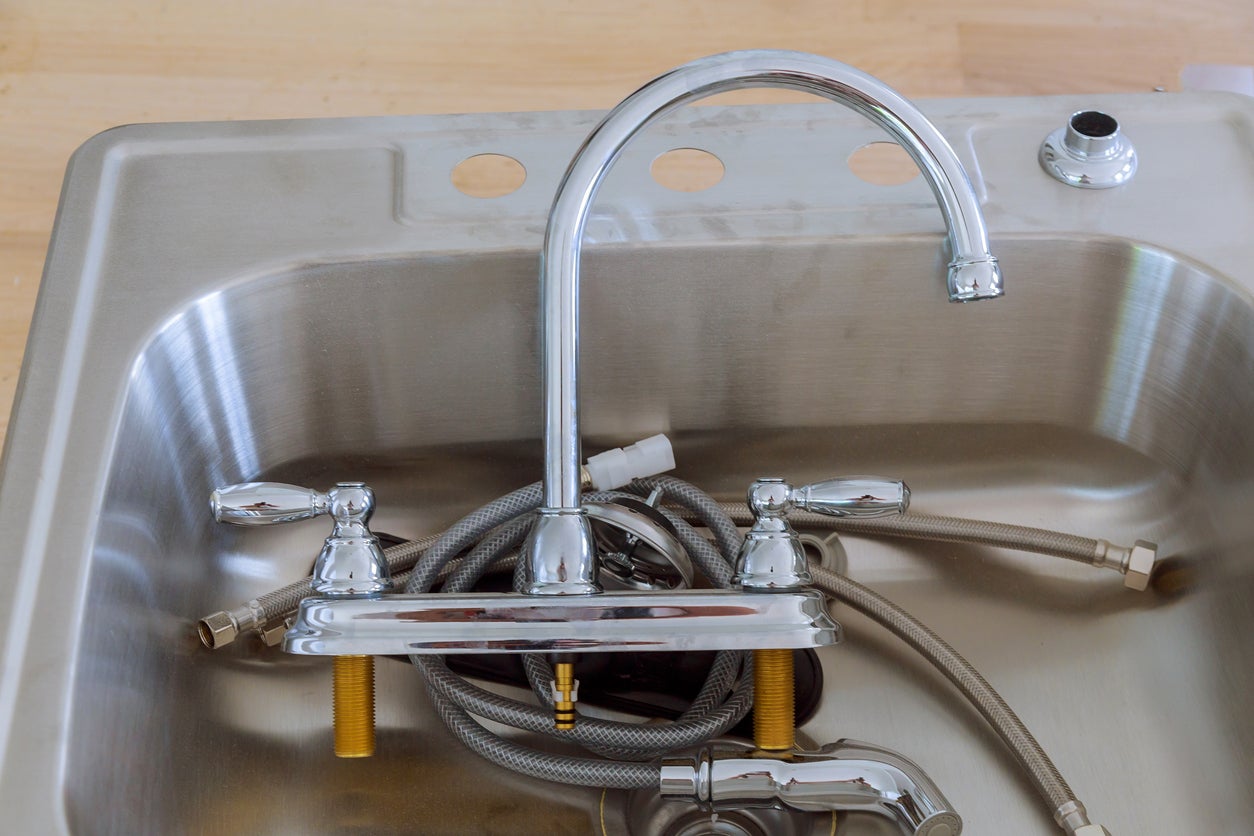
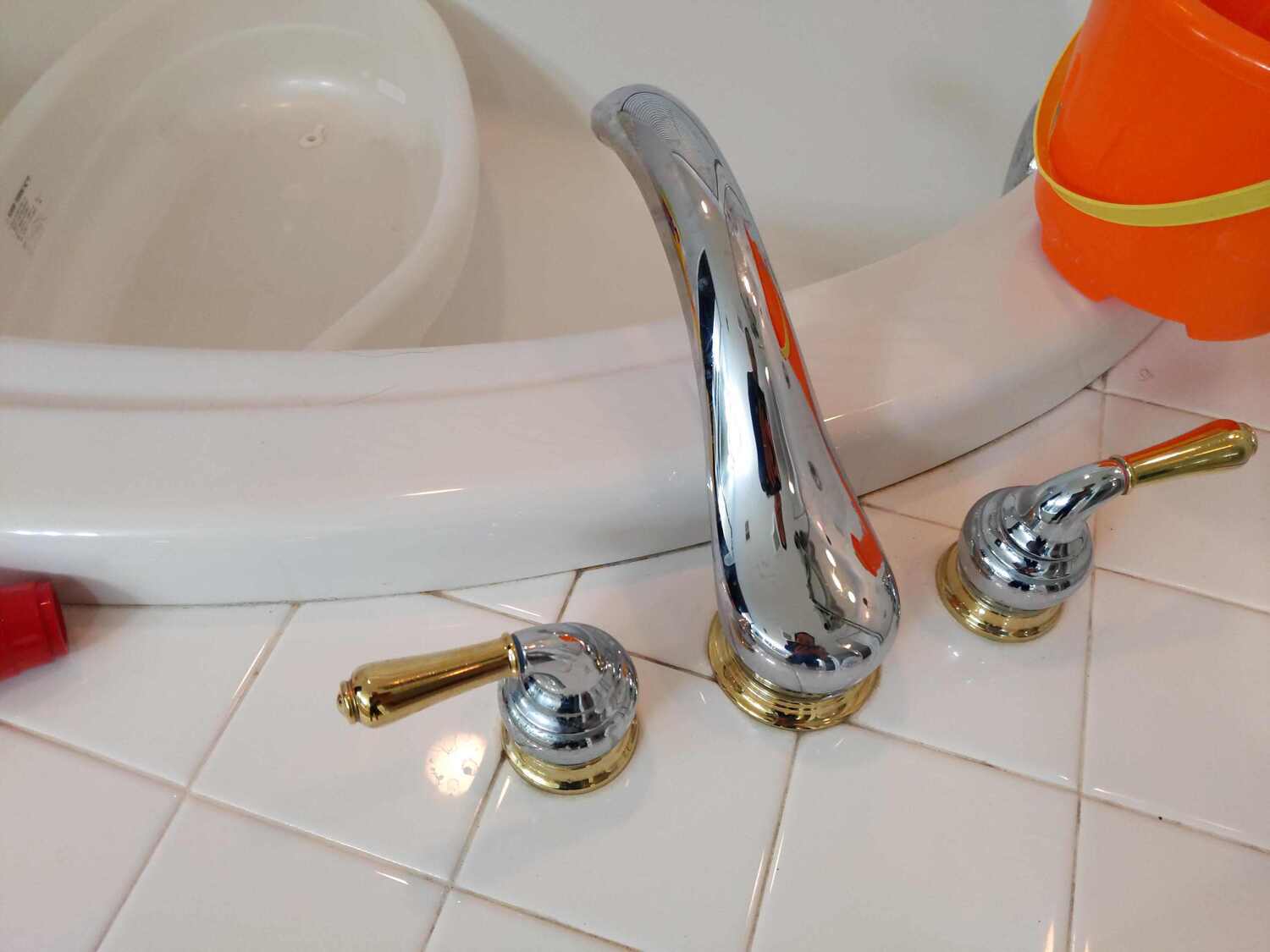
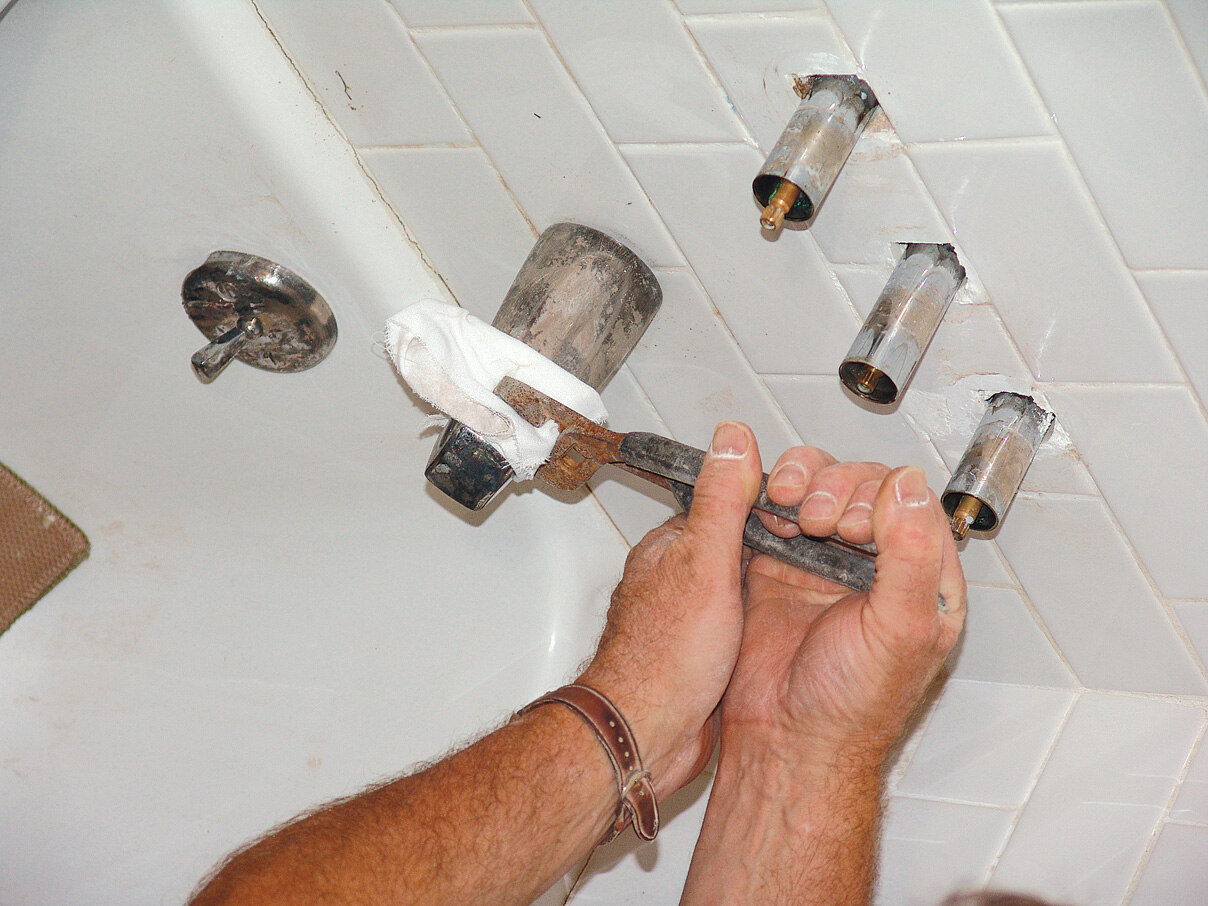
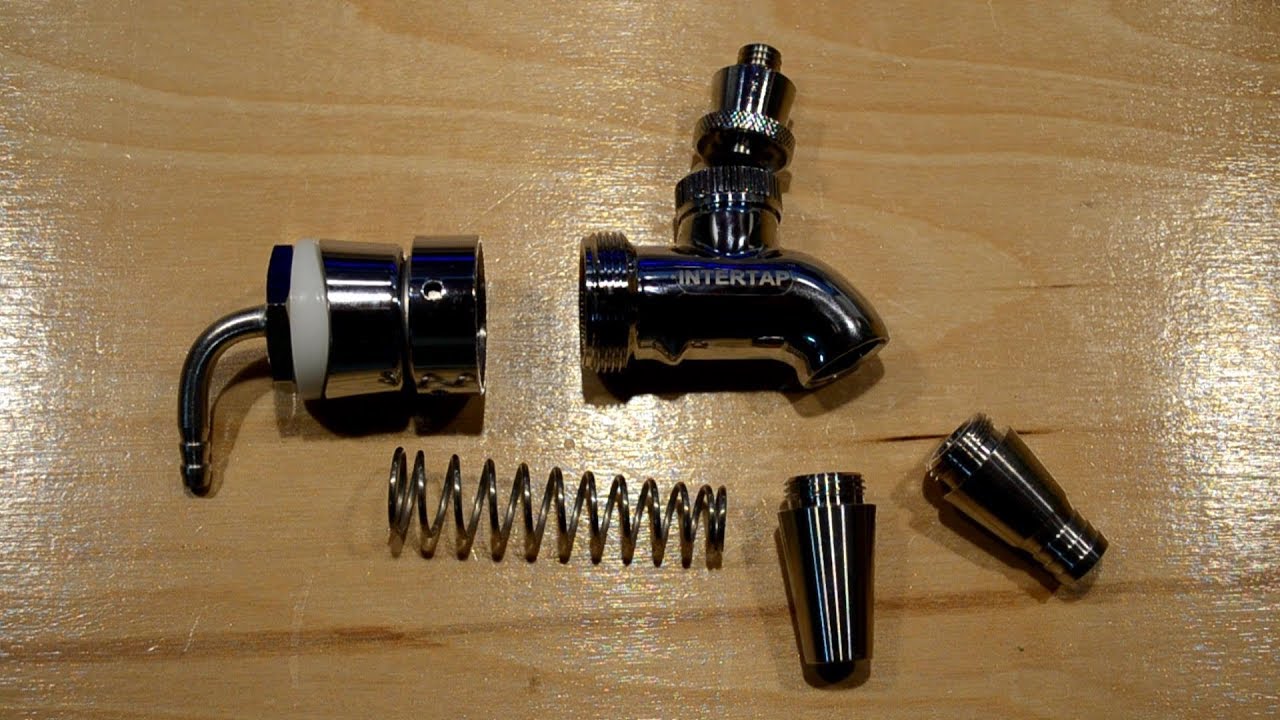
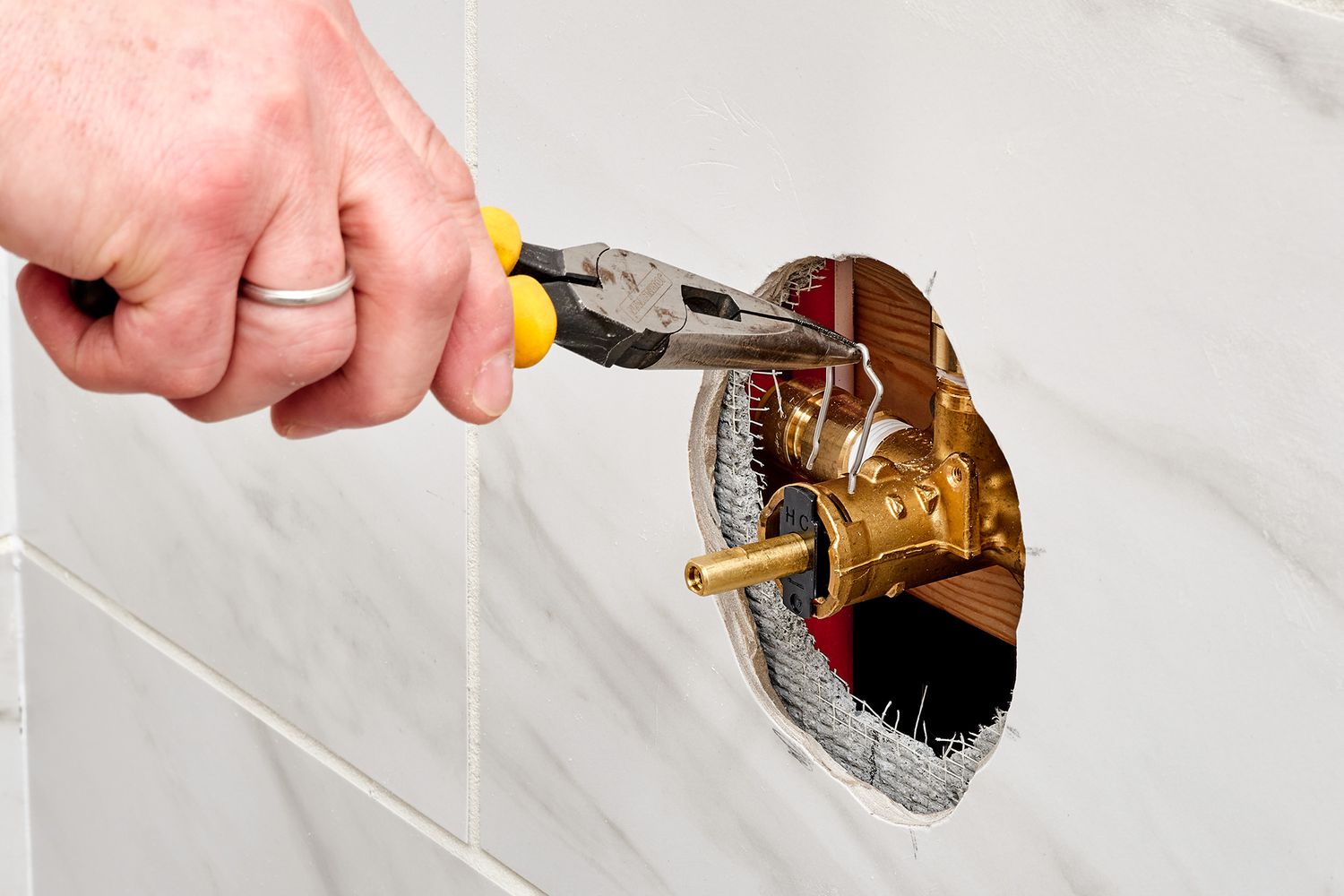
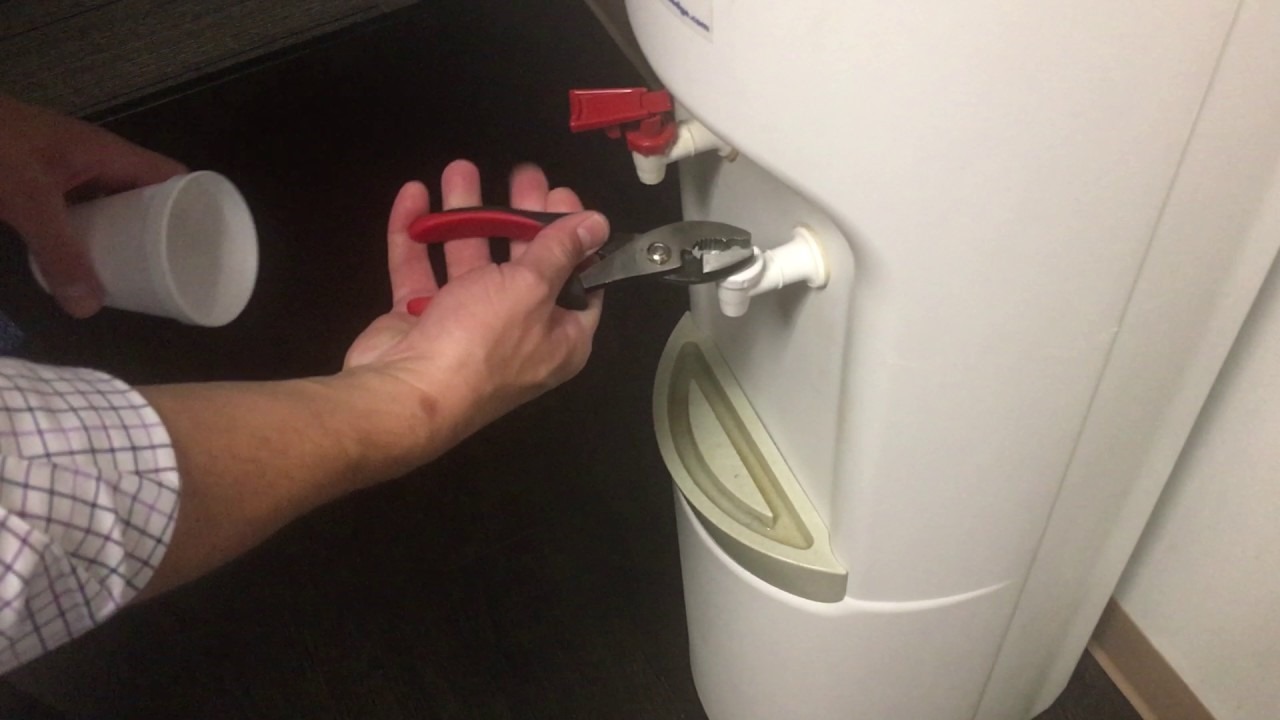
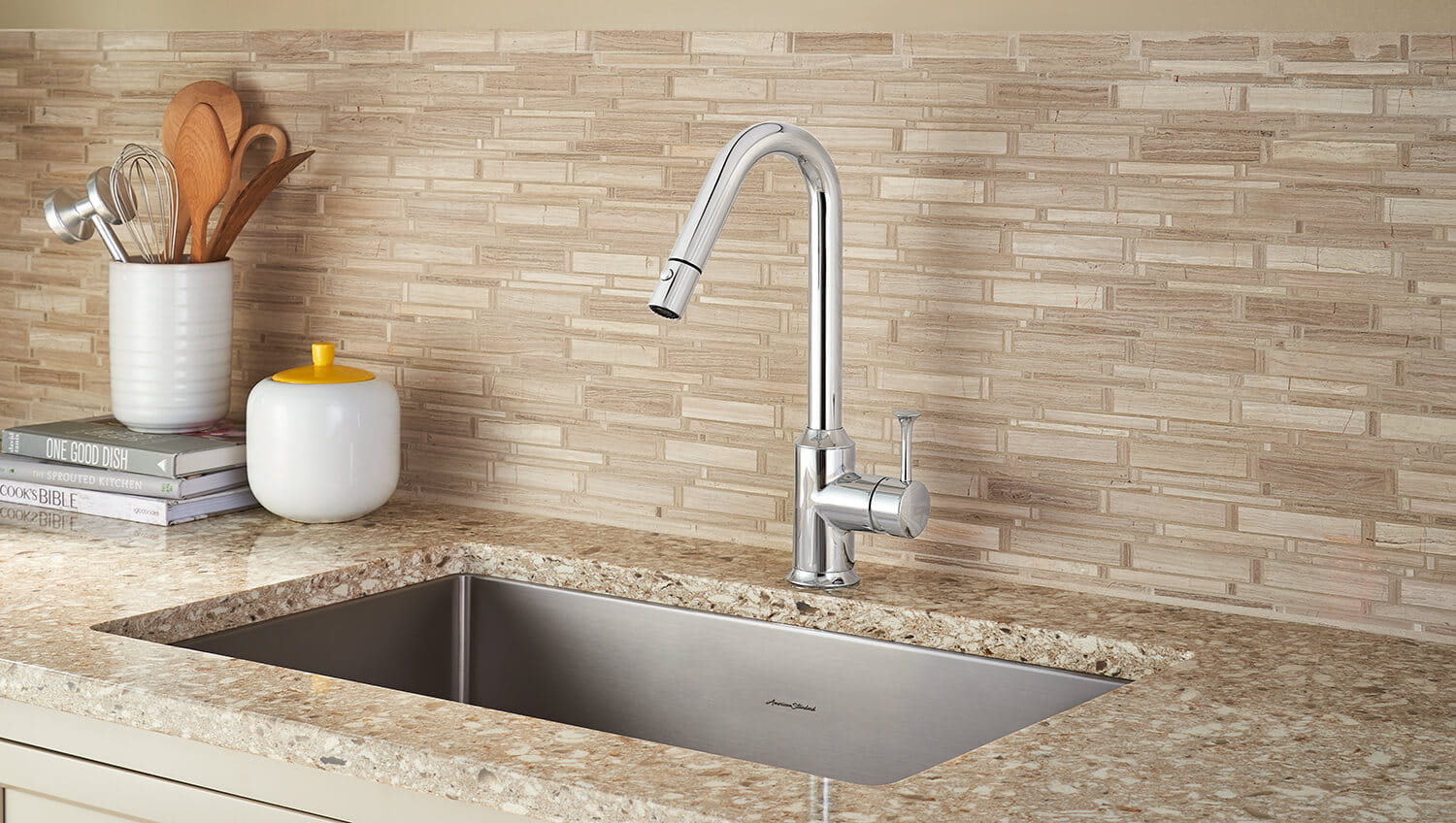
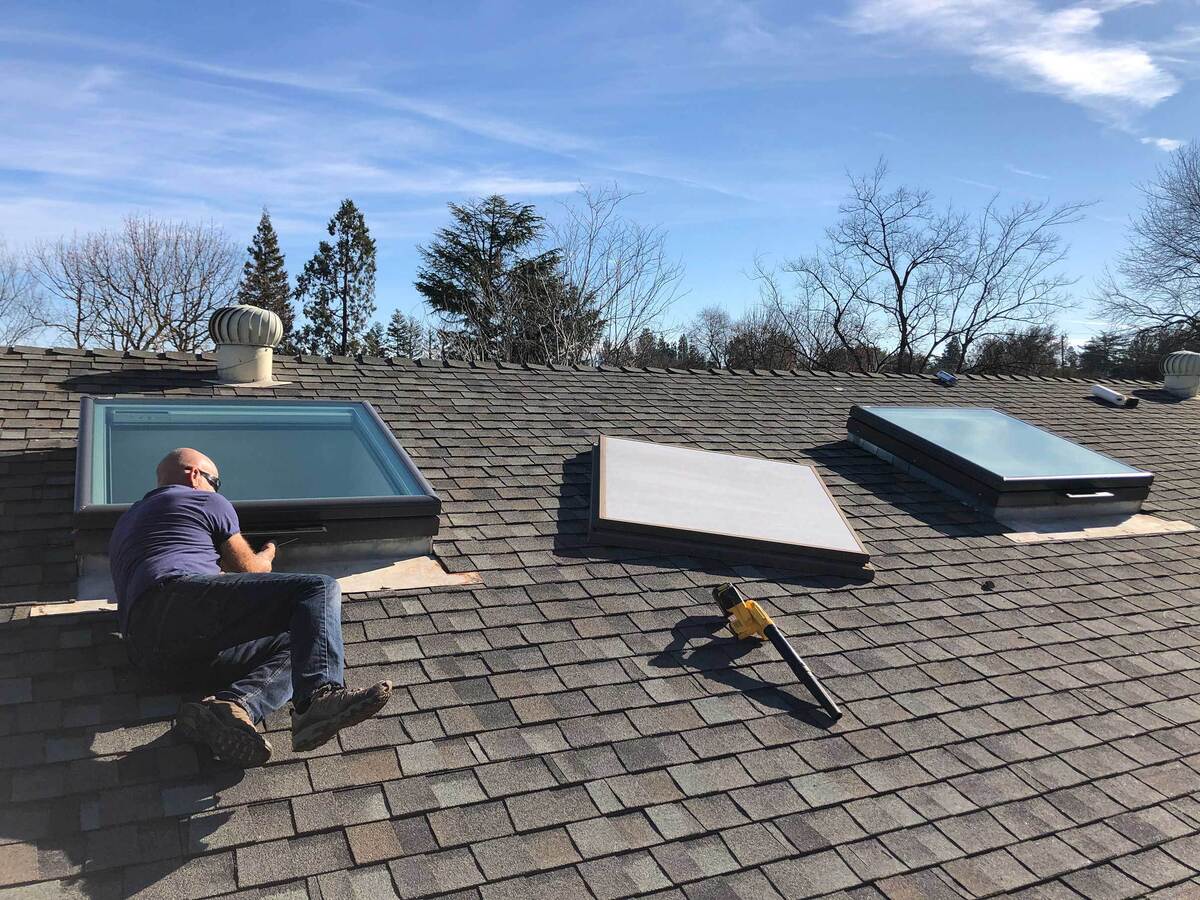
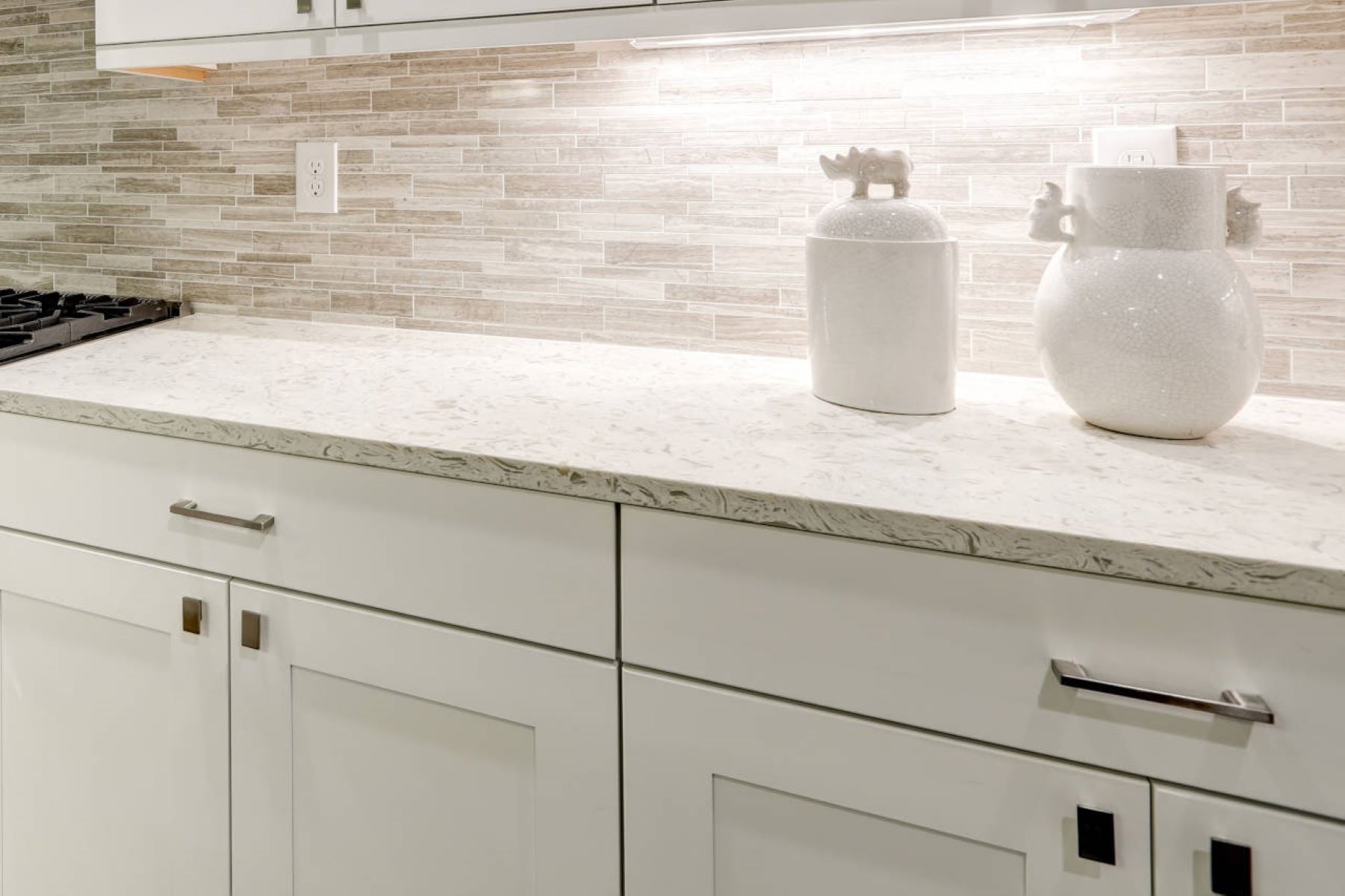
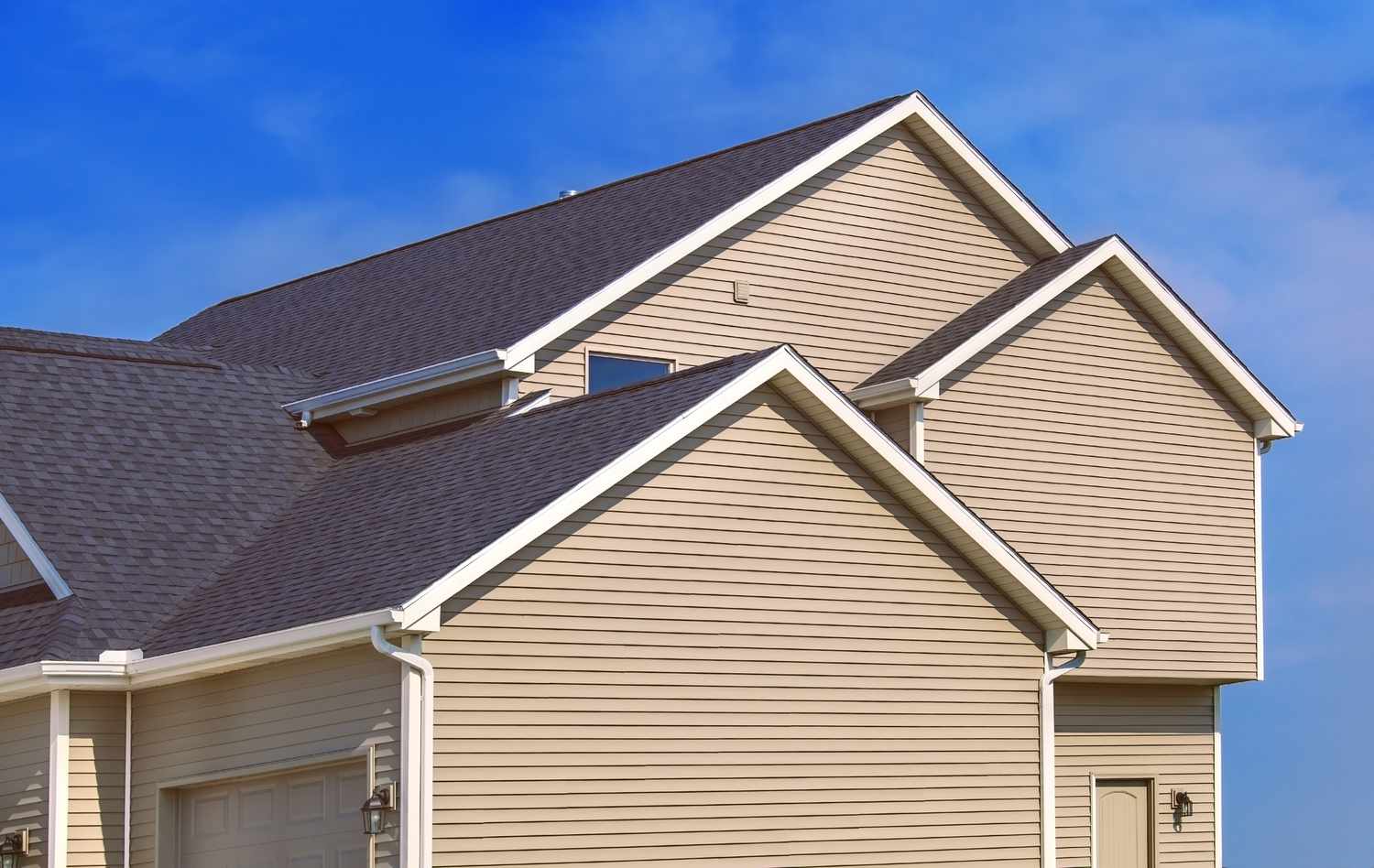
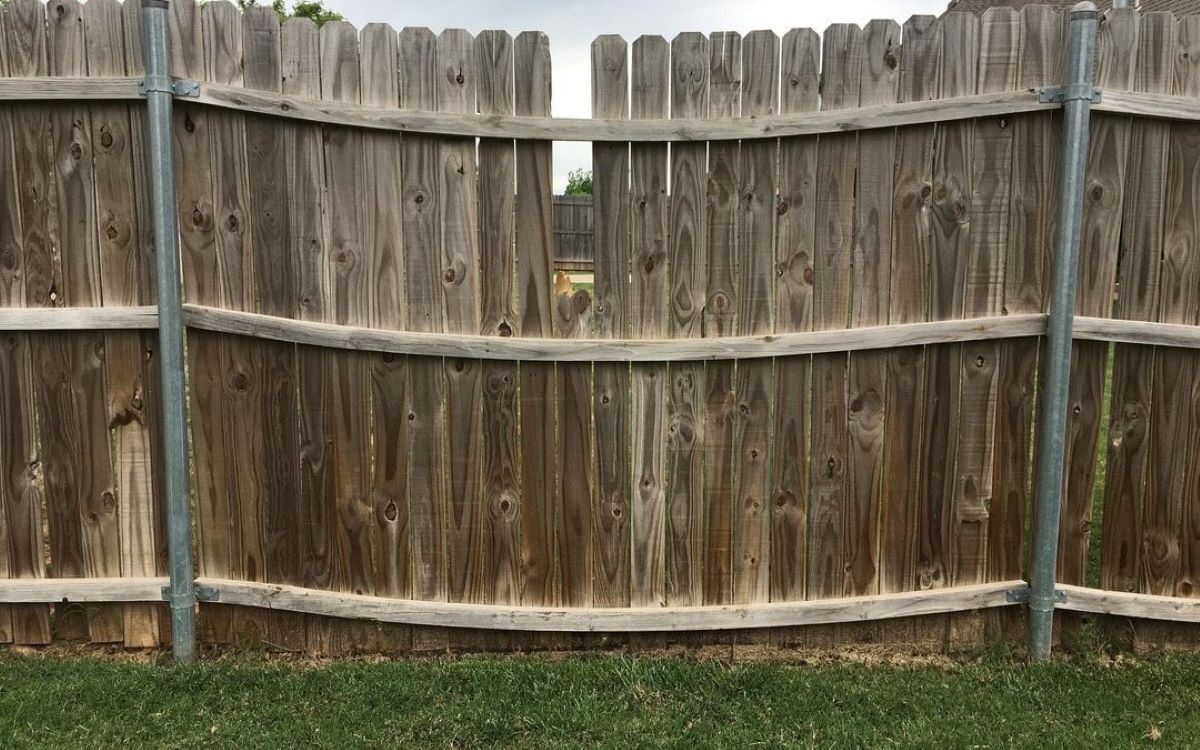
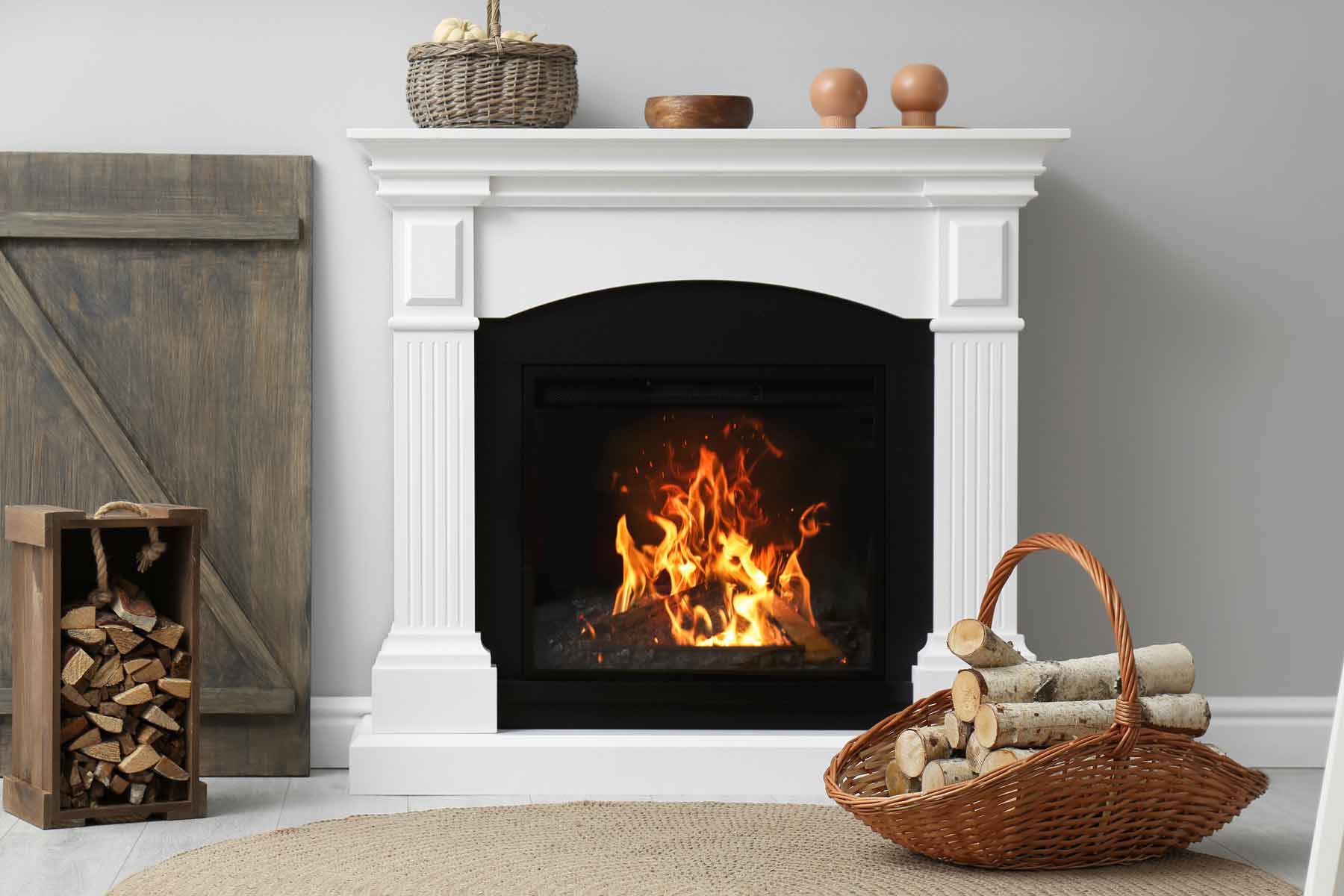
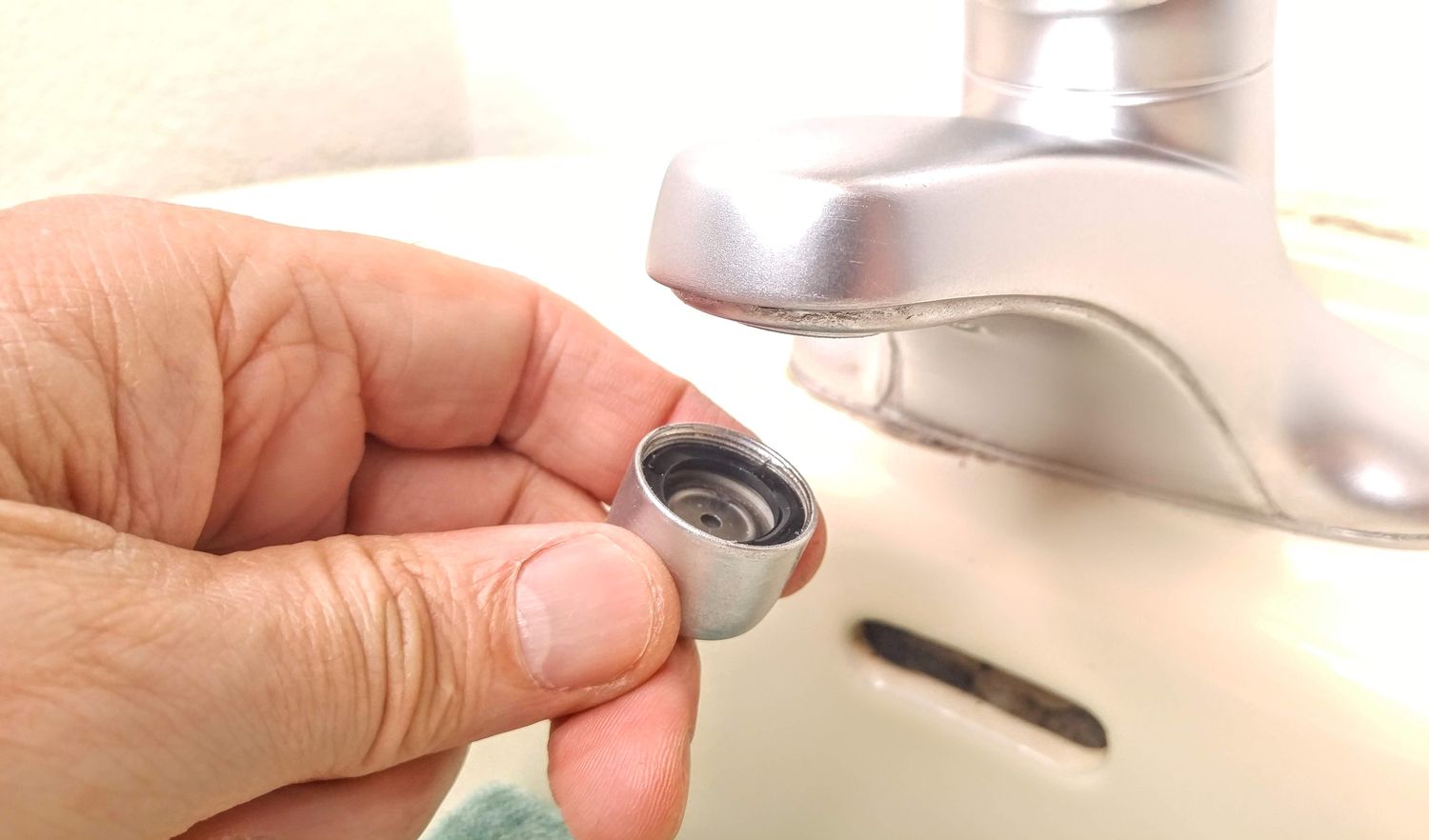
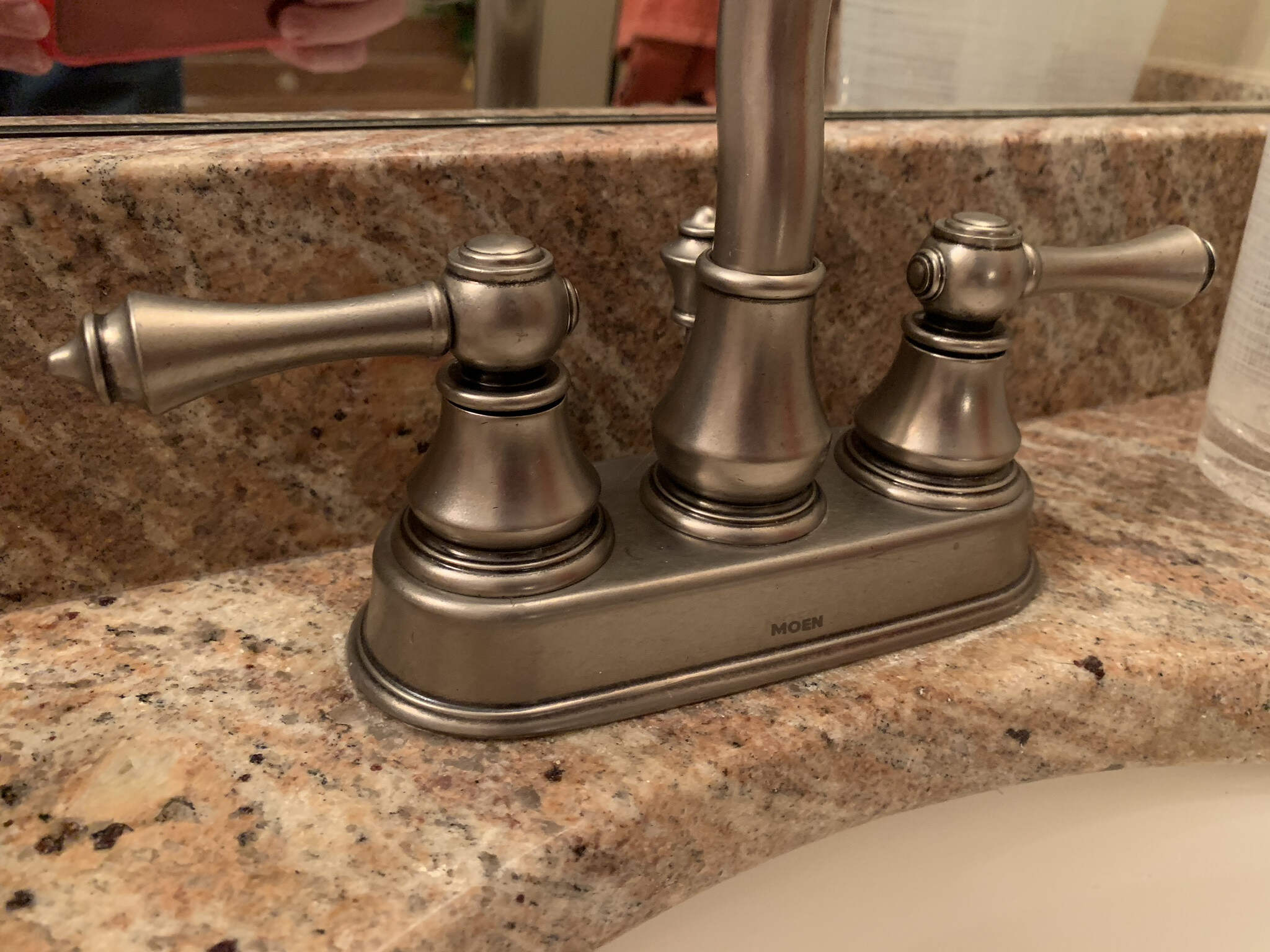

0 thoughts on “How Much To Replace A Kitchen Faucet”